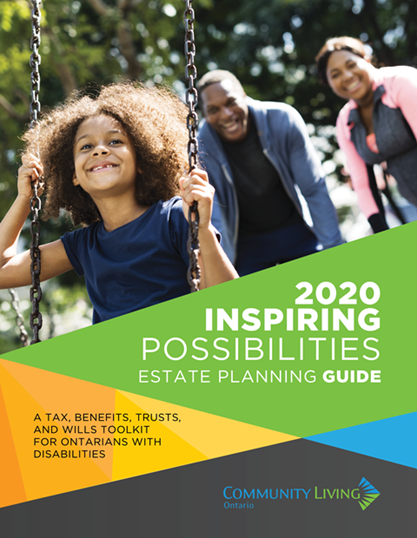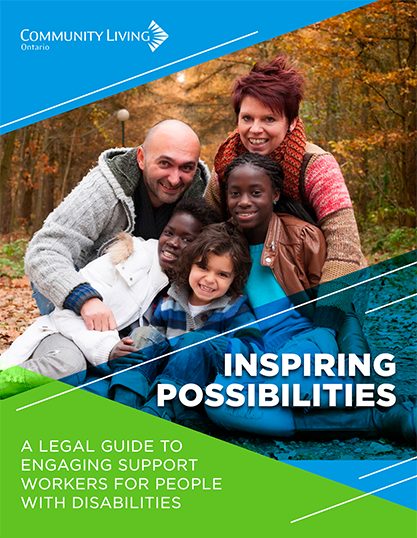The Ontario Immigrant Nominee Program (“OINP”) is the province’s flagship immigration program, designed to help Ontario employers fill labour shortages by nominating foreign workers, international students, and others with the skills and experience needed in the local economy. Through its Job Offer Streams, the OINP allows employers to support candidates for permanent residence—provided they meet specific criteria and follow the program’s application process. While employers are generally not legally required to participate, many in the developmental services sector choose to do so to support staff and secure retention.
As of July 2, 2025, that process has changed significantly. In a major shift, the OINP has moved from an employee-led model to an employer-initiated one. This change gives employers more control and visibility from the outset—but also introduces new responsibilities, tighter timelines, and a more structured application process.
From Reactive to Proactive: Employers Now Lead the Process
Previously, employees would initiate the OINP process by registering an Expression of Interest (“EOI”). Once they register an expression, the Province would then assess their application from an overall pool of applications and – if they were lucky and had a well-scored application – invite them to formally apply. Only then would the employer need to become involved. To provide a formal job offer and other information — often with just two weeks to gather and submit all required documentation. This reactive model left many employers scrambling to meet deadlines with little notice.
Now, the process begins with the employer. Before an employee can register an EOI, the employer must submit a job offer through the new digital OINP Employer Portal. This change ensures that employers are engaged from the start and better positioned to support successful applications.
New Portal, New Tools
The new My Ontario-integrated Employer Portal introduces several features aimed at streamlining the process (which was previously a paper process):
-
-
- Paperless submissions and secure document uploads.
- Direct communication from the OINP to participating employers.
- Auto-populated fields to reduce duplication.
- Ability to add employer contacts and authorized representatives.
- Simplified tracking of application progress.
-
The new portal introduces a few procedural nuances that employers should be aware of:
-
-
- Each employer is limited to one account per CRA business number.
- Only an authorized signing officer can register the business and initiate job offers.
- Once a job offer is created, no changes can be made to the OINP stream selected (meaning no mid-course switches of stream). If corrections are needed, the offer must be restarted from scratch.
- After submission, the offer is locked, and any changes require direct contact with the OINP.
- Employers can withdraw offers more easily if the employee is no longer with the organization.
-
The portal also allows the signing officer to add organizational contacts, who can manage individual applications once created and receive updates on them. These contacts are added through a PIN and enrollment process and can include legal representatives or HR staff.
Revised Timelines and New Steps
The OINP has always had tight timelines once initiated, and continues to do so. The good news now is that the employer must be in from the start, providing more time to review the proposed stream and ensure details are organized and agreed on with the employee (such as the relevant National Occupational Classification of their position, a key detail).
The new process introduces a series of coordinated steps and strict deadlines:
- Employer submits job offer through the portal. There is no timeline to do this, but the sooner it’s done, the sooner the employee can be considered for an invitation to apply.
- Employee has 30 days after this offer is created to register an EOI.
- If invited to apply:
-
- Employer must upload a formal job offer (a new hire letter or contract with key details required by the OINP) and apply for approval of the position within 14 days.
- Employee must submit their application within 17 days.
-
Failure to meet these deadlines results in the application being withdrawn and the process restarting from scratch (a significant loss for the employee, who must be reselected to apply). Notably, uploading a job offer is not the same as submitting it for approval—both steps are required.
Increased Oversight and Program Integrity Measures
Recent legislative changes provide the Province the following expanded authority to:
-
-
- Require in-person interviews with both employers and applicants to assess credibility. It is not currently known to our firm how intensive they may be, how frequent they may be, or where they may be held.
- Perform site inspections of employer workplaces to verify their legitimacy, though this is not entirely different from other regulatory powers the government has to enforce employment laws.
-
This complements older enforcement mechanisms:
-
-
- Employers declaring that the information they submit is accurate (with penalties for breaching this – though trivial errors made in good faith aren’t expected to attract those penalties).
- Employers consenting to sharing CRA information with the provincial Ministry of Finance.
-
-
-
- Requiring employers to disclose any outstanding Employment Standards Act or Occupational Health and Safety Act violations. While the portal now includes a space to explain such issues, the regulations continue to impose an absolute baron eligibility where these violations exist.
-
Final Thoughts
The July 2025 changes to the OINP represent a significant modernization of the program—one that gives employers more control, but also more responsibility. With tighter timelines, stricter compliance requirements, and a more selective nomination process, it’s critical that employers understand their new role and prepare accordingly (including knowing how to identify various National Occupational Classification codes for the positions that may lead to these applications). While they are not required to participate, it’s often a good idea to consider doing so. If an employer receives a request by an employee to provide assistance through the OINP, it’s a good idea to seek legal advice before agreeing to support them.
PooranLaw will continue to monitor the implementation of these changes and their impact on employers in the developmental services and broader human services sectors. If you have questions about how these updates affect your organization—or need support navigating the new portal—we encourage you to reach out to your regular PooranLaw lawyer or any member of our team.
Note: This article provides general information only and does not constitute, and should not be relied upon as, legal advice or opinion. PooranLaw Professional Corporation holds the copyright to this article and its contents may not be copied or reproduced in any form, in whole or in part, without the express permission of PooranLaw Professional Corporation.







